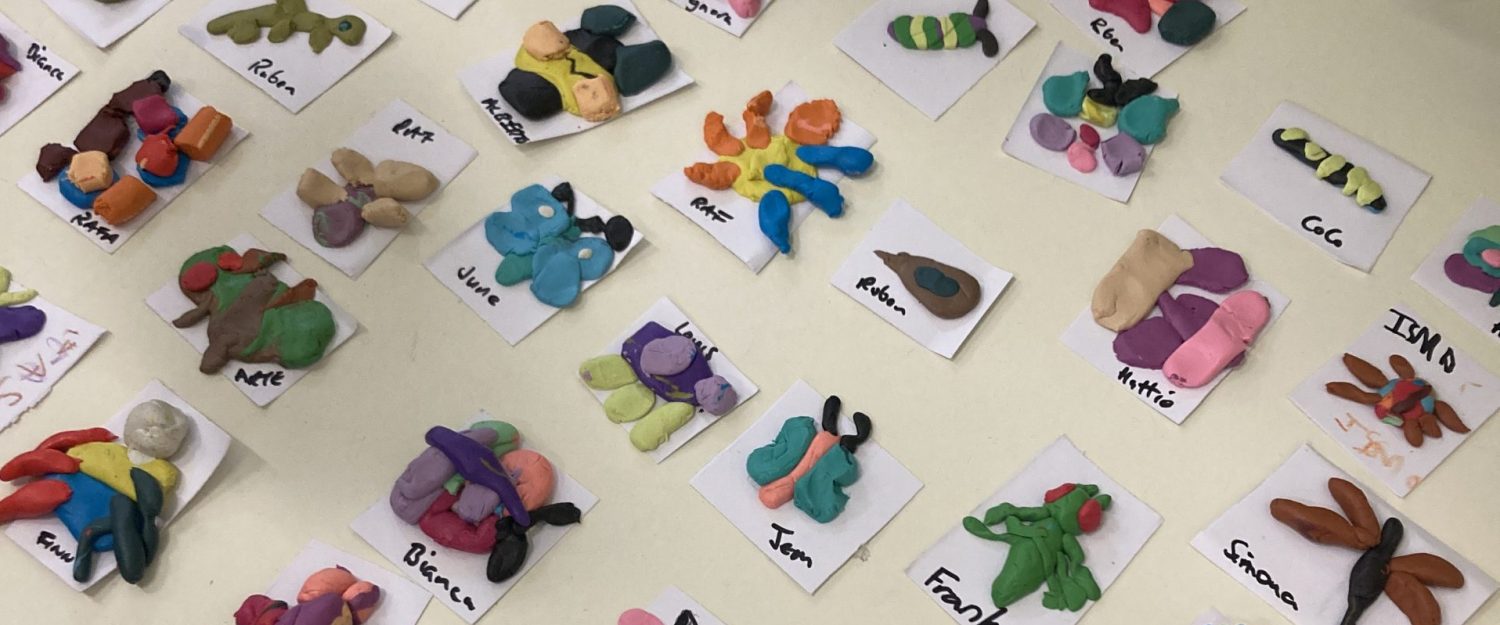Our courtyard inquiry is moving into project groups where students have chosen to focus on either; the revamping of the physical environment of the courtyard with plant life, the promotion of ensuring that our courtyard is a nurturing space for the wellbeing of our community and the animals of our ecosystem alike or, our final group, which is working to artistically express and celebrate the courtyard through performance.
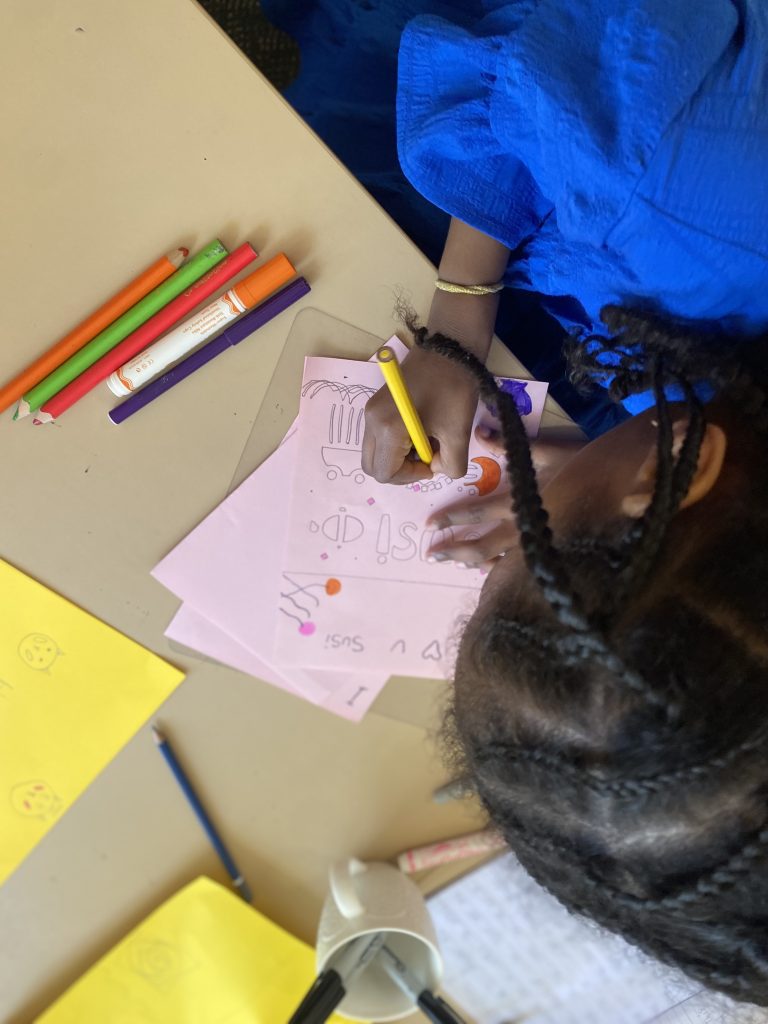
The students are eager to explore their chosen project group and see how all their investigations and work preparing for this communicate stage of our inquiry will look as we prepare for the presentation of our artefact at our learning expo in mid-December.
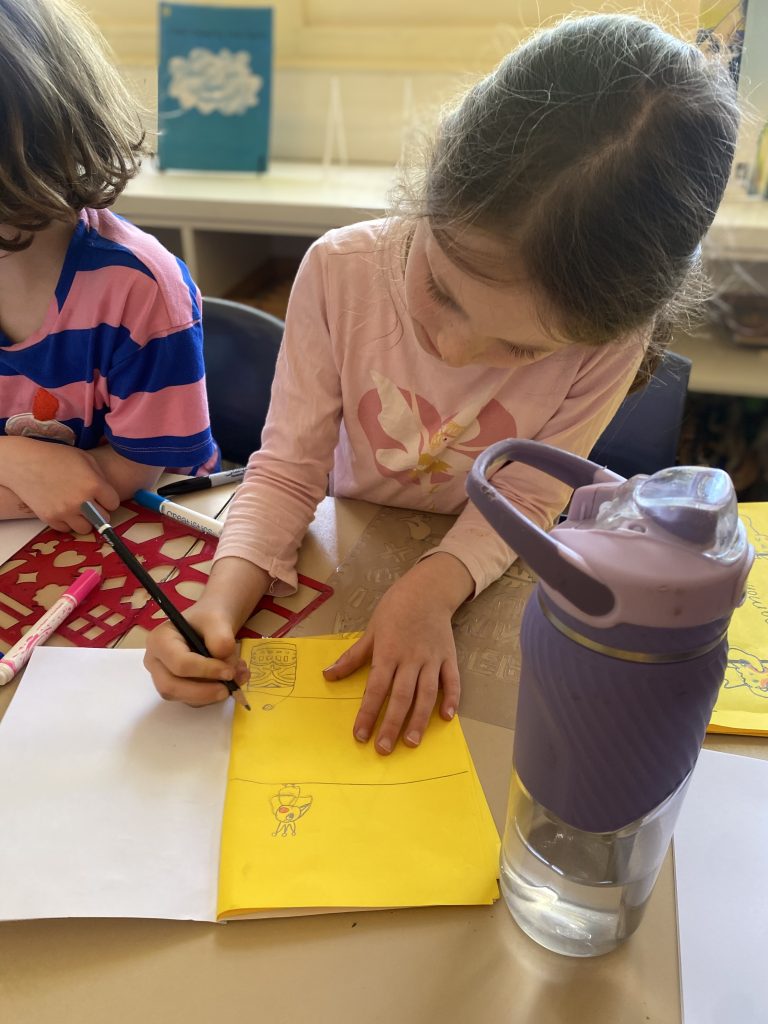
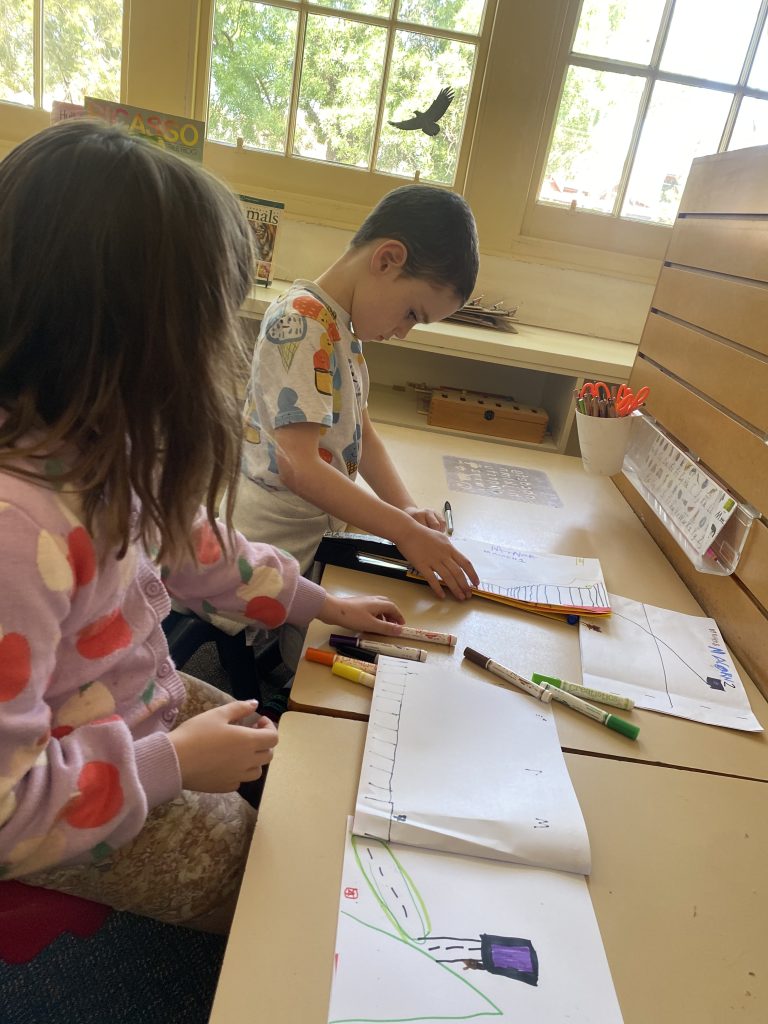
This extension of our inquiry has opened up various authentic learning opportunities, allowing for the development of new understandings and the reinforcement of existing ones. Since returning to school for term 4 children have collaborated to bring all of their plans together, engage in further discussions, participate in role-plays, and work together to enhance our understandings of some of the themes that underpin our inquiry.
In this week’s workshops students wrote carefully considered pieces on whether or not zoos should be a permanent home for animals. The children were able to share their personal point of view using a variety of arguments and utilize persuasive language techniques. We wrote poems about how our courtyard can be a wellbeing sanctuary for animals and people. Students experimenting with various rhymes and styles of poems. In this workshop we were working to further develop the ideas that we explored in week 1 of the ways our courtyard can help us emotionally and physically and fulfill our fundamental right to play and relax. We read Every Child a Song where we developed our understanding of human rights and related this to us having our own voice and agency and power in directing our inquiry into the courtyard.
Students investigated the concept of ecosystems and their components by creating and performing a skit representing different ecosystem elements. Students showcased their understanding of various ecosystems, including forests, deserts, wetlands, and oceans. They then made masks to represent their chosen element of an ecosystem. They worked collaboratively, sharing ideas and perspectives, to create characters and scenarios illustrating how these elements interact.


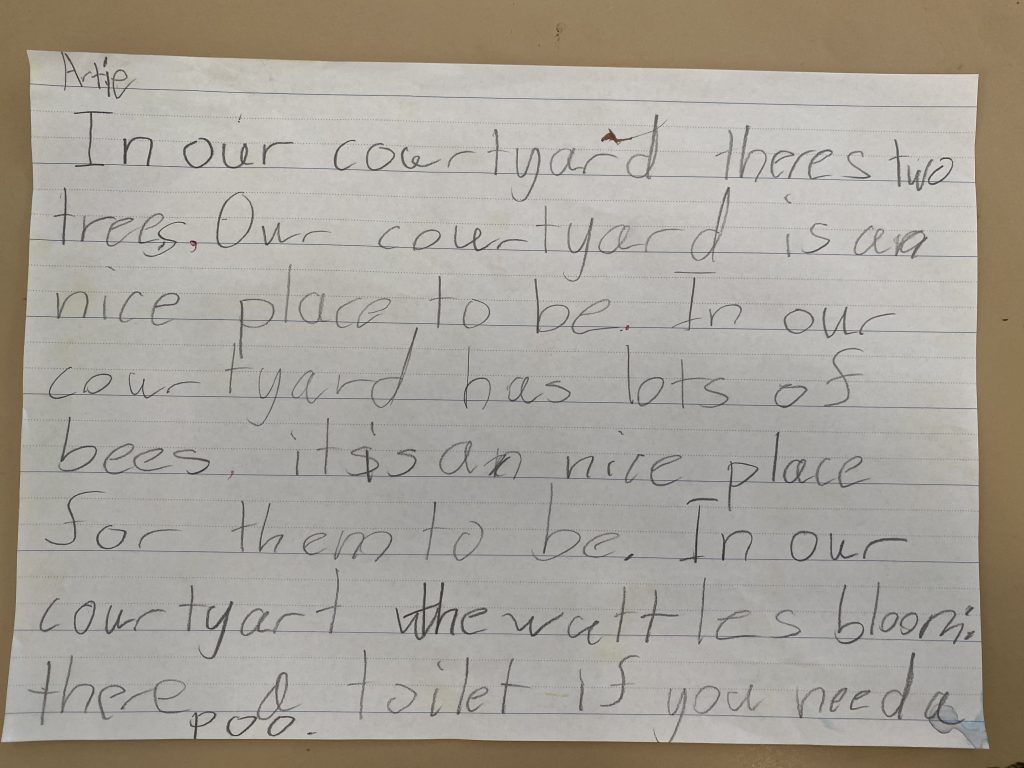
In wellbeing, we will continue to look at the school values and begin to compile a video about the values and how they help us make safe and positive choices in our relationships and actions.
